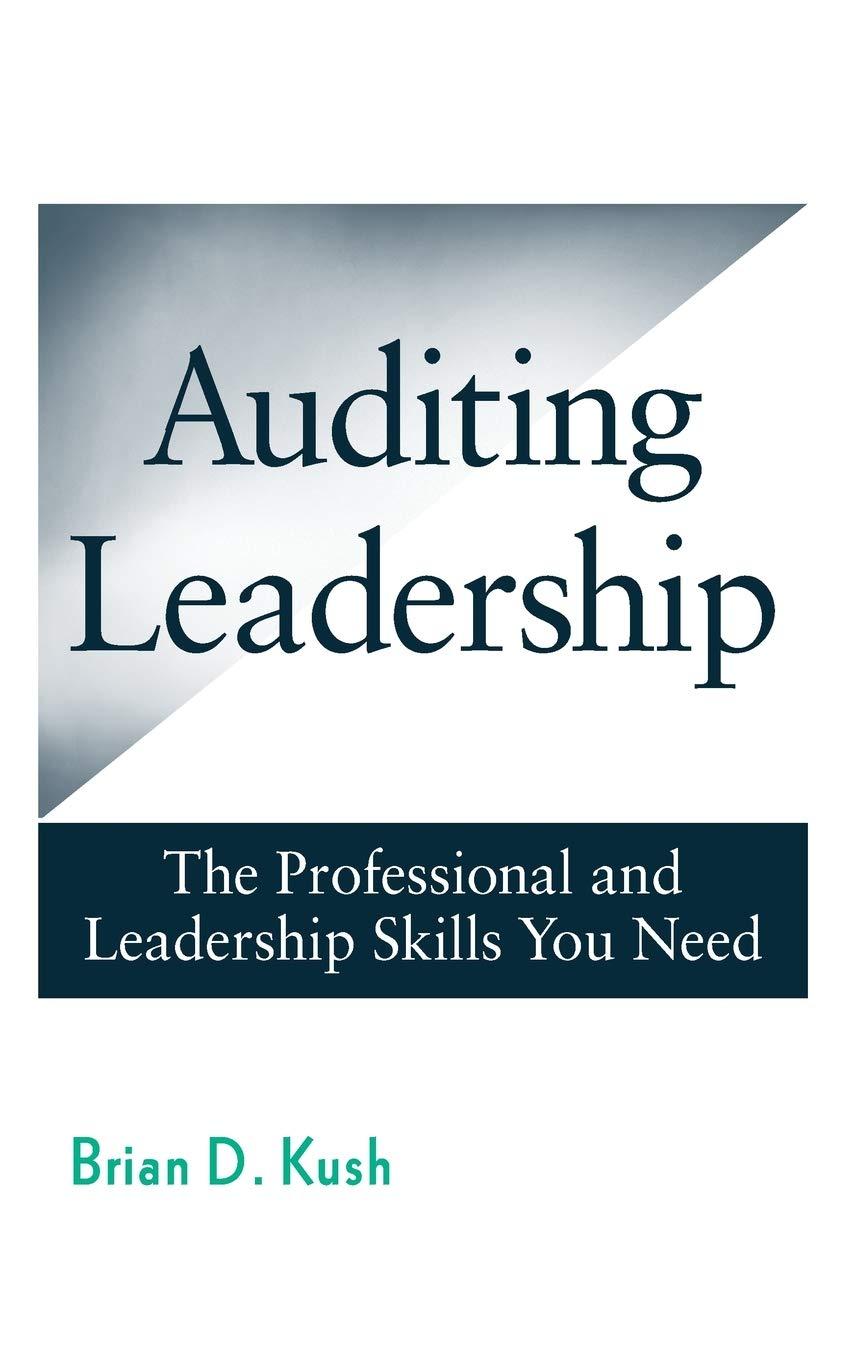Answered step by step
Verified Expert Solution
Question
1 Approved Answer
Multiple Choice 1) A classified balance sheet: Organizes assets and liabilities into important subgroups that provide more information. Broadly groups items into assets, liabilities and
Multiple Choice
1) A classified balance sheet:
Organizes assets and liabilities into important subgroups that provide more information.
Broadly groups items into assets, liabilities and equity.
Measures a company's ability to pay its bills on time.
Reports the effect of profit and dividends on retained earnings.
Reports operating, investing, and financing activities.
2) A credit entry:
Is recorded on the left side of a T-account.
Decreases asset and expense accounts, and increases liability, stockholders' equity, and revenue accounts.
Is always an increase in an account.
Is always a decrease in an account.
Increases asset and expense accounts, and decreases liability, stockholders' equity, and revenue accounts.
3) A debit:
ls the left-hand side of a T-account.
Is the right-hand side of a T-account.
Is not need to record a transaction.
Always decreases an account.
Always increases an account.
4) A double-entry accounting system is an accounting system:
That records each transaction twice.
That insures that errors never occur.
That may only be used if T-accounts are used.
In which each transaction affects and is recorded in two or more accounts but that could include two debits and no
credits.
That records the effects of transactions and other events in at least two accounts with equal debits and credits.
5) Accounting is an information and measurement system that does all of the following except:
Communicates business activities.
Records business activities.
Helps people make better decisions.
ldentifies business activities.
Eliminates the need for interpreting financial data.
6) An account linked with another account that has an opposite normal balance and is subtracted from
the balance of the related account is a(n):
Adjunct account.
Accrued expense
Accrued revenue.
Intangible asset.
Contra account.
7) Closing the temporary accounts at the end of each accounting period does all of the following except:
Brings the revenue and expense accounts to zero balances.
Serves to trarnsfer the effects of these accounts to the retained earnings account on the balance sheet.
Causes retained earnings to reflect increases from revenues and decreases from expenses and dividends.
Prepares the dividends account for use in the next period.
Has no effect on the retained earnings account.
8) Fragmental Co. leased a portion of its store to another company for eight months beginning on
October 1, at a monthly rate of $800. Fragmental collected the entire $6,400 cash on October 1 and
recorded it as unearned revenue. Assuming adjusting entries are only made at year-end, the adjusting
entry made by Fragmental Co. on December 31 would be
Adebit to Rent Revenue anda credit to Unearned Rent for $2,400.
A debit to Unearned Rent and a credit to Rent Revenue for $2,400.
A debit to Rent Revenue and a credit to Cash for $2,400.
A debit to Cash and a credit to Rent Revenue for $6,400.
A debit to Unearned Rent and a credit to Rent Revenue for $4,000.
9) Holman Company owns equipment with an original cost of $95,000 and an estimated salvage value of
$5,000 that is being depreciated at $15,000 per year using the straight-ine depreciation method, and
only prepares adjustments at year-end. The adjusting entry needed to record annual depreciation is
Debit Depreciation Expense, $10,000; credit Accumulated Depreciation, $10,000.
Debit Equipment, $15,000: credit Accumulated Depreciation, $15,000.
Debit Depreciation Expense, $10,000; credit Equipment, $10,000.
Debit Depreciation Expense, $15,000; credit Equipment, $15,000.
Debit Depreciation Expense, $15,000; credit Accumulated Depreciation, $15,000.
10) It is obvious that an error occurred in the preparation and/or posting of closing entries if:
the income summary account is debited for the amount of net income for the period.
all revenue and expense accounts have zero balances.
all balance sheet accounts have zero balances.
only permanent accounts appear on the post-closing trial balance.
the retained earnings account is debited for the amount of the net loss for the period.
Step by Step Solution
There are 3 Steps involved in it
Step: 1

Get Instant Access to Expert-Tailored Solutions
See step-by-step solutions with expert insights and AI powered tools for academic success
Step: 2

Step: 3

Ace Your Homework with AI
Get the answers you need in no time with our AI-driven, step-by-step assistance
Get Started


